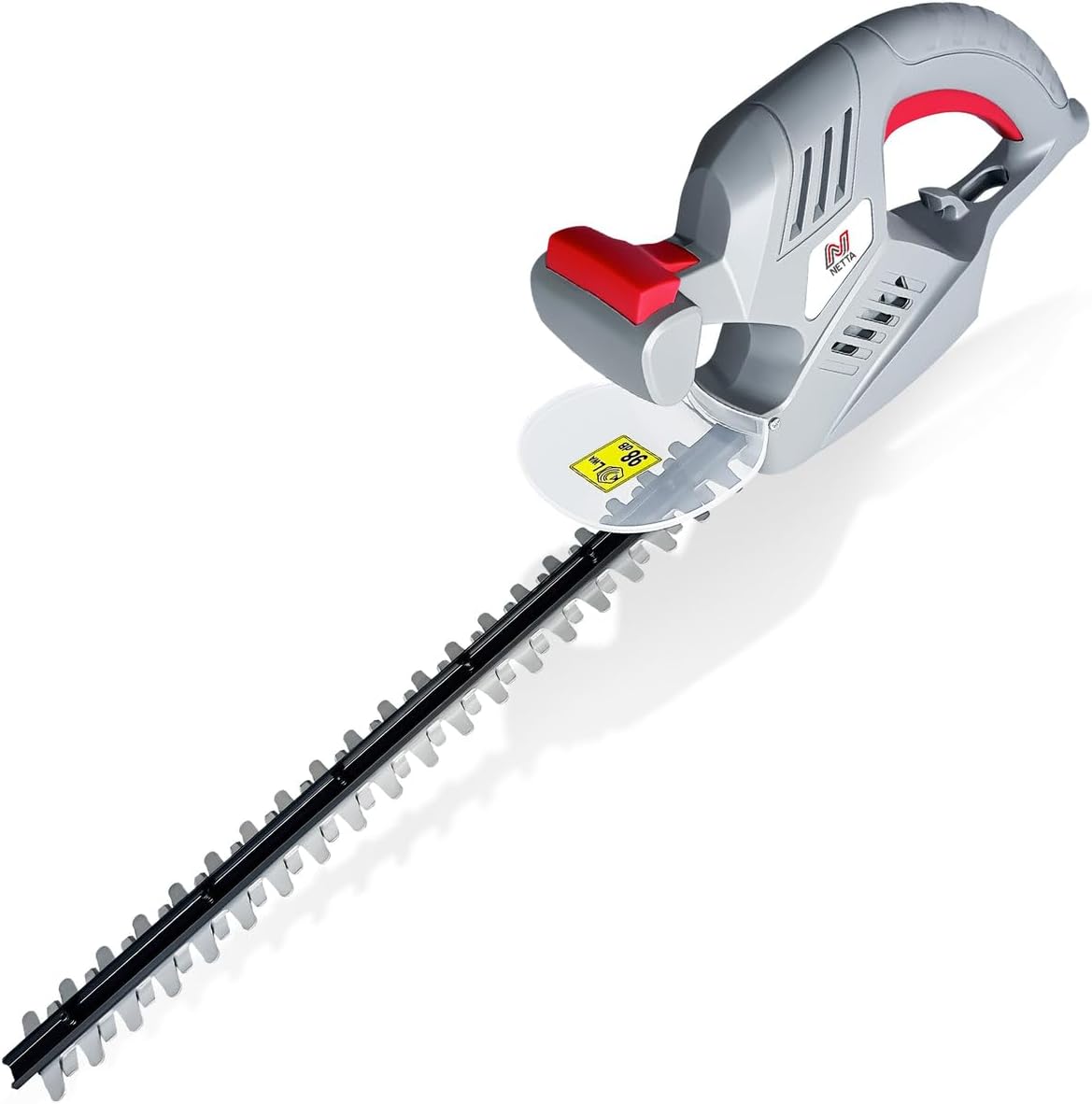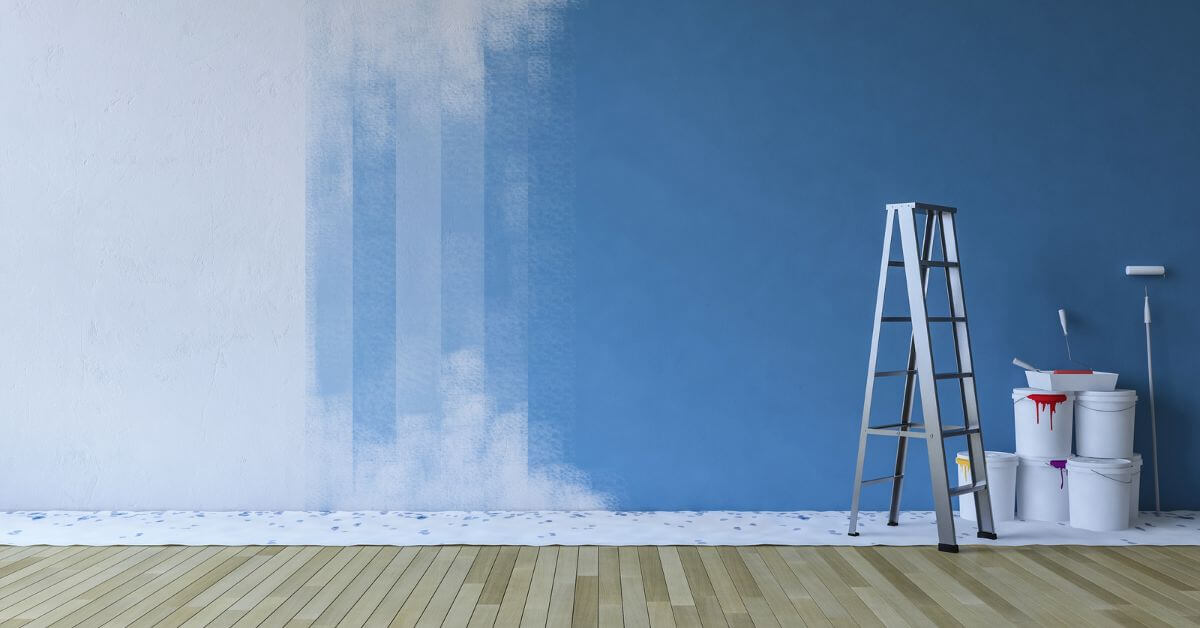
Painting New Plaster | Master the Perfect Mist Coat Ratio
When Painting new Plaster, Master the perfect mist coat ratio with our friendly guide! Say goodbye to paint issues and hello to pro results!
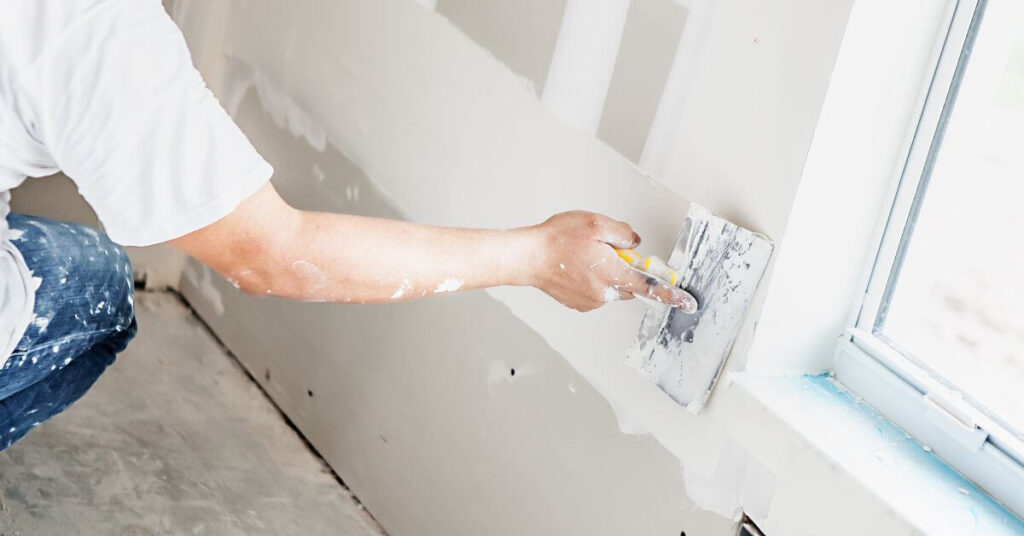
Getting the Hang of Mist Coats
Why Mist Coats Matter
Heard of Mist Coats, but not sure what they are and how important they are to your finish, we are here to guide you through, so you know how to mist coat when painting new plaster.
This first layer of paint, also called a primer coat, is your secret weapon for a flawless finish. Skip it, and you might end up with peeling or bubbling paint—nobody wants that.
The magic mix for a mist coat? Usually, it’s 7 parts paint to 3 parts water. If your paint’s on the thicker side, you might go 50-50. This watered-down blend soaks into the plaster, setting the stage for your next coats.
What’s the Point of a Mist Coat?
Think of a mist coat as the glue that makes everything stick. It primes and seals the new plaster, giving your topcoat something to hold onto. This is key for a durable, long-lasting finish on your walls and ceilings.
Skip the mist coat, and you’re asking for trouble. Your topcoat might not stick, leading to peeling or bubbling paint (The Decorators Forum UK). Plus, mist coats cut down on the number of coats you’ll need later, saving you time and paint.
Don’t stress if your mist coat doesn’t cover every inch perfectly. Its job is to stick to the plaster and prep it for more paint. For more on getting the mix just right, check out our article on mist coat paint.
| Mist Coat Ratio | What It Means |
| 7:3 (Paint:Water) | Standard mix for new plaster |
| 1:1 (Paint:Water) | For thicker paint |
Getting the mist rightt, especially for new plaster is essential.
Get this step right, and you’re on your way to a pro-level paint job. For more tips and tricks, swing by our guide on what is a mist coat.
Mist Coat Ratio Explained
Water to Paint Ratios: Get It Right
Standard Mist Coat Ratio
When you apply your mist coat, the water to paint ratio is key.
You want a thin mix that soaks into new plaster like a sponge. Usually, a 7:3 paint to water mix does the trick.
Adjusting for Thicker Paint
But if your paint’s as thick as molasses, you might need to go 50-50 (Homebuilding).
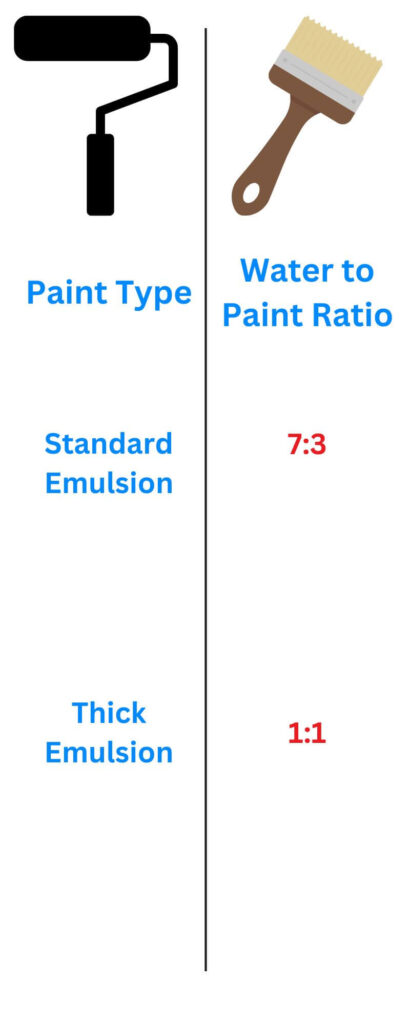
Tweaking Ratios for Different Paints
Here’s how to mix it up for some popular brands:
| Paint Type | Recommended Ratio |
| Leyland Hardwearing Matt / Johnstone’s Acrylic Durable Matt | 20% water, 80% paint |
| Leyland Hardwearing Acrylic Eggshell | 20% water, 80% paint |
| Leyland Vinyl Matt / Johnstone’s Covaplus Matt | 10% water, 90% paint |
Always check the manufacturer’s instructions for the best results.
Mixing Tips for a Perfect Mist Coat
When mixing your mist coat, think —consistency. Here’s how to do it:
- Stir It Up: Use a stirring stick for small batches or a drill mixer for bigger ones. You want that paint and water blended well.
- Consistency Check: Aim for a mix that’s like thin soup. This helps it soak into the plaster.
- Test First: Before you go all in, test a small patch. Make sure it sticks when painting new plaster
- Follow the Rules: Always check the paint can for specific dilution tips. Adjust if needed to avoid issues like poor coverage or slow drying.
Stick to these tips and tweak your ratios based on the paint type, and you’ll lay down a solid mist coat. This sets you up for a great finish, and a wall which can easily be repainted over the years.
Common Issues with Mist Coats
When applying your mist coat,. Knowing what to look out for and how to fix it can save you a lot of headaches and give you that perfect finish.
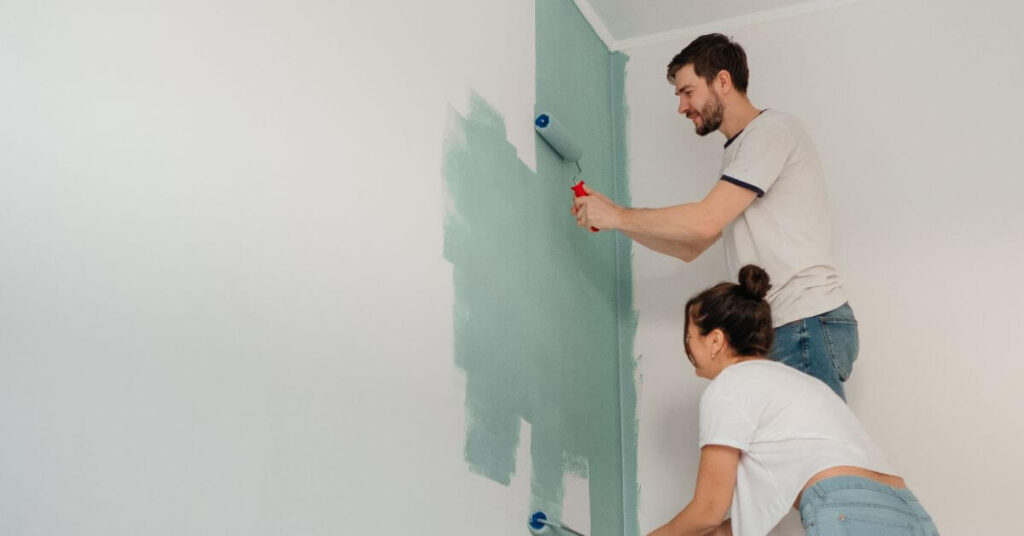
Paint Drying Too Slowly
Ever feel like watching paint dry is taking forever? Slow drying paint can really mess up your schedule.
Usually, it’s all about where you’re painting. Better ventilation and the right temperature can speed things up. If that doesn’t work, a bit of heat might help.
Poor Opacity
Poor opacity is a common problem
It usually happens when the paint doesn’t cover well. Fix it by letting the topcoat dry completely, then sand, prep, and paint again with the right thinner, ratio, Getting the mist coat ratio right is key for good coverage.
| Common Causes of Poor Opacity | Solutions |
| Wrong thinner or ratio | Use the correct thinner and ratio |
| Not enough spray passes | Make sure you do enough spray passes |
| Not enough drying time | Let the topcoat dry fully |
Avoiding Paint Cracking
Avoid cracking paint, especially with thick, wet layers of synthetic paint. It usually happens because the first coat is more flexible than the second.
To avoid this, apply thinner layers and make sure each one dries properly before adding the next.
| Causes of Paint Cracking | Solutions |
| Thick, wet layers | Apply thinner layers |
| Flexibility differences between coats | Let each coat dry properly |
By knowing these common issues and how to fix them, you can get that perfect finish with your mist coats. For more tips, check out our articles on mist coat paint and mist coat for new plaster.
Troubleshooting Mist Coat Problems
Applying a mist coat can sometimes be tricky. Here’s how to tackle common issues and get that smooth, professional finish.
Fixing Paint Runs or Drips
If your mist coat is running or dripping, it’s likely too thick or the paint-to-water mix is off. Fixing this depends on how bad the problem is.
For minor runs or drips, a light sanding with fine-grit sandpaper and a bit of polishing might do the trick. If it’s more serious, you’ll need to sand and repaint.
Steps to Fix Paint Runs or Drips:
- Let the paint dry completely when painting new plaster
- Lightly sand the problem area with fine-grit sandpaper.
- Clean off the dust from sanding.
- Reapply the mist coat, making sure you’ve got the right mist coat ratio.
Dealing with Dust Contamination
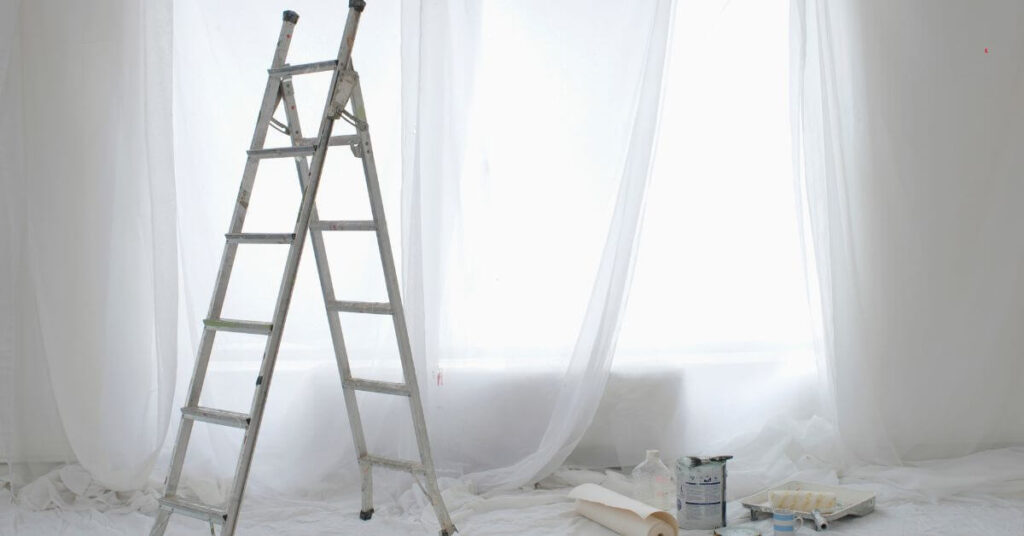
Dust can mess up your fresh paint job, leaving ugly spots. How you fix it depends on how deep the dust has settled.
For surface dust, light sanding and polishing can fix it. If it’s deeper, you might need to use oxalic acid or a paint stripper to remove the paint layer.
Steps to Fix Dust Contamination:
- Check how bad the dust contamination be painting new plaster
- For light contamination, lightly sand and polish the surface.
- For heavy contamination, use oxalic acid or a paint stripper to remove the affected layer.
- Reapply the mist coat in a dust-free environment.
Fixing ‘Fish-Eye’ Rings
‘Fish-eye’ rings are those annoying little craters that can pop up in your paint. They’re usually caused by contaminants like oil or silicone. Fixing them depends on how bad they are.
For minor defects, sanding with fine-grit sandpaper and polishing might be enough. For worse defects, you’ll need to sand and repaint.
Steps to Fix ‘Fish-Eye’ Rings:
- Let the paint dry completely.
- Lightly sand the affected area with fine-grit sandpaper.
- Clean the sanded area to get rid of any contaminants.
- Reapply the mist coat, making sure the area is free from oil or silicone.
By tackling these common problems, you can get a flawless finish with your mist coat.
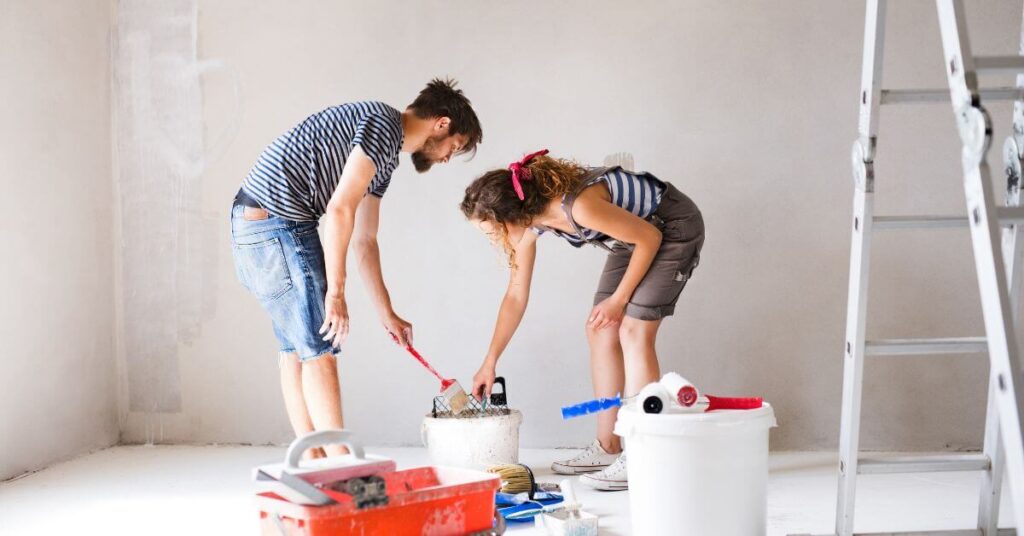
Mist Coat Techniques for Best Results
Multiple Mist Coats vs. Single Layer
Getting that perfect paint job? It’s all about the mist coats. A mist coat is a watered-down layer of paint that seals porous surfaces and sets the stage for the main event. But should you go for multiple mist coats or just one thick layer? Let’s break it down.
| Technique | Pros | Cons |
| Multiple Mist Coats | Dries faster, less chance of drips, avoids ‘orange peel’ texture | Takes more time and effort |
| Single Layer | Quick to apply | More likely to drip, run, and look uneven |
Multiple mist coats dry quicker than a single thick layer, which means fewer drips and a smoother finish. No one likes that bumpy ‘orange peel’ look, right?
Benefits of Using Two Coats
Why bother with two coats of paint instead of one? Simple. Two coats give you a tougher, better-looking finish when painting new plaster, Here’s why:
- Durability: Two coats are like armor for your walls. They stand up to bumps and nicks better, so you won’t be touching up as often (Quora).
- Coverage: Two coats cover everything. No more missed spots or thin patches. Plus, the paint film is less porous, so it holds up better against wear and tear.
- Even Distribution: Two coats mean the paint spreads out evenly, giving you a smooth, professional finish that lasts.

Advantages of Two-Coat Applications
Sure, two coats take more time and effort, but the payoff is worth it when painting new plaster. Here’s why:
- Smooth Finish: Two coats eliminate those annoying uneven textures and that dreaded ‘orange peel’ effect (Quora).
- Cost-Effective: While you might spend a bit more upfront, two coats save you money in the long run by cutting down on touch-ups and repairs.
- Enhanced Protection: Two coats give your walls better protection against wear and tear, making your paint job last longer and look better (Quora).
Want to know more about mist coats? Check out our articles on mist coat paint, mist coat for new plaster, and mist coat drying time. With the right techniques and a little patience, you’ll get that professional, long-lasting finish you’re after.
Read all our Articles on Home Decor








